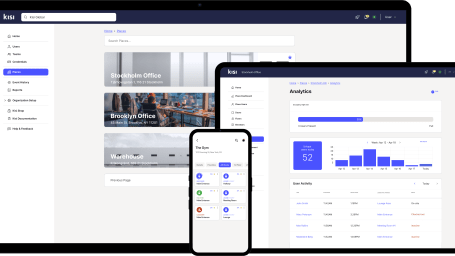January 05, 2026
Privacy
Workplace compliance

Explore workplace compliance, from legal and safety requirements to security controls, and learn best practices for modern organizations.
Shared workspaces | Access integrations
Take a closer look at coworking software, explore what to look for, and discover information about the 10 most impressive options on the market.

Latest articles
January 05, 2026
Privacy

Explore workplace compliance, from legal and safety requirements to security controls, and learn best practices for modern organizations.
December 19, 2025
Shared workspaces | Access control software

Explore the best office management software for hybrid workplaces, and compare tools for space booking, utilization, and modern office operations.
December 12, 2025
Access trends | Access control

Explore the tools and apps for modern time and attendance, from location-based tracking to verified physical presence for today's hybrid workplace.
Explore our blog
Stay informed
Technology is moving at light speed. Expand your security horizons and keep up with the latest trends in access control. Read our articles – connect the dots.
Stay up to date with the latest news from Kisi
Thanks for connecting
Save time and enhance your security with cloud-based access control.
Enable cookies to help us improve your experience.
We use cookies to enchance your experience and for marketing purposes. By clicking ‘accept’, you agree to this use.